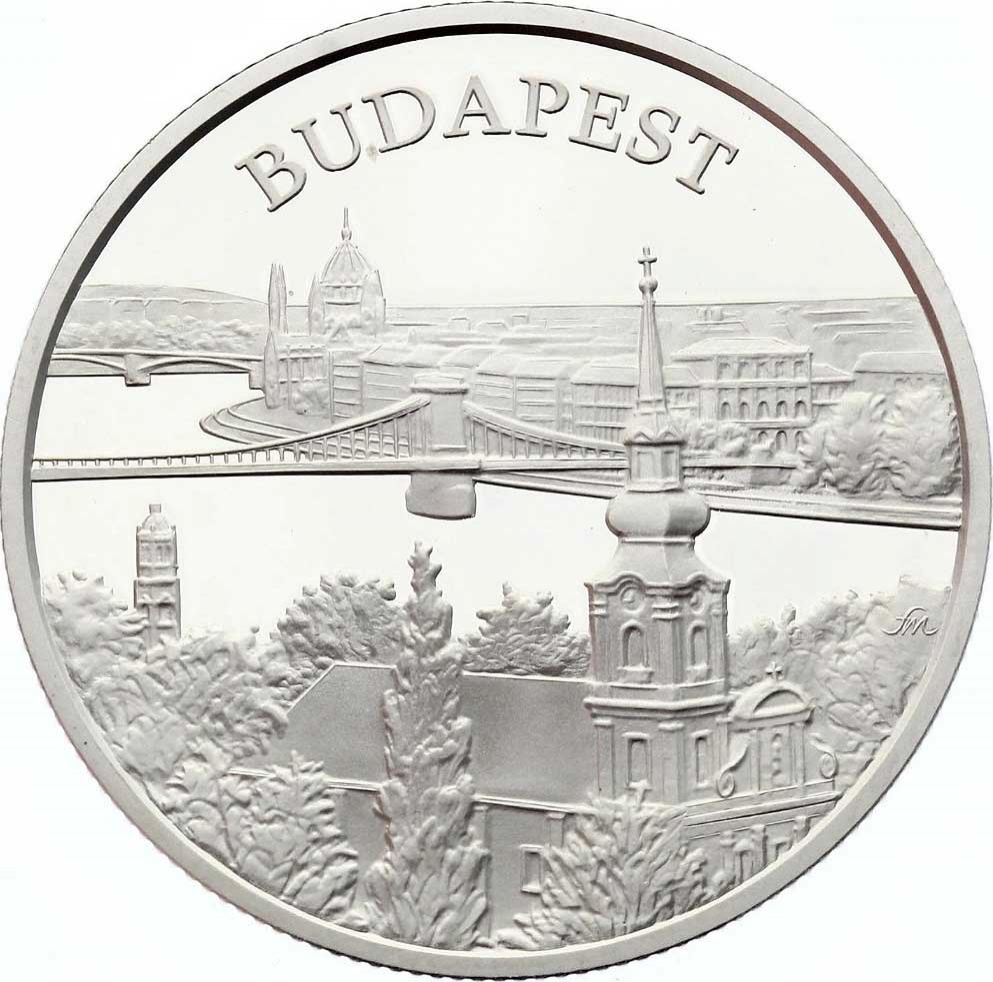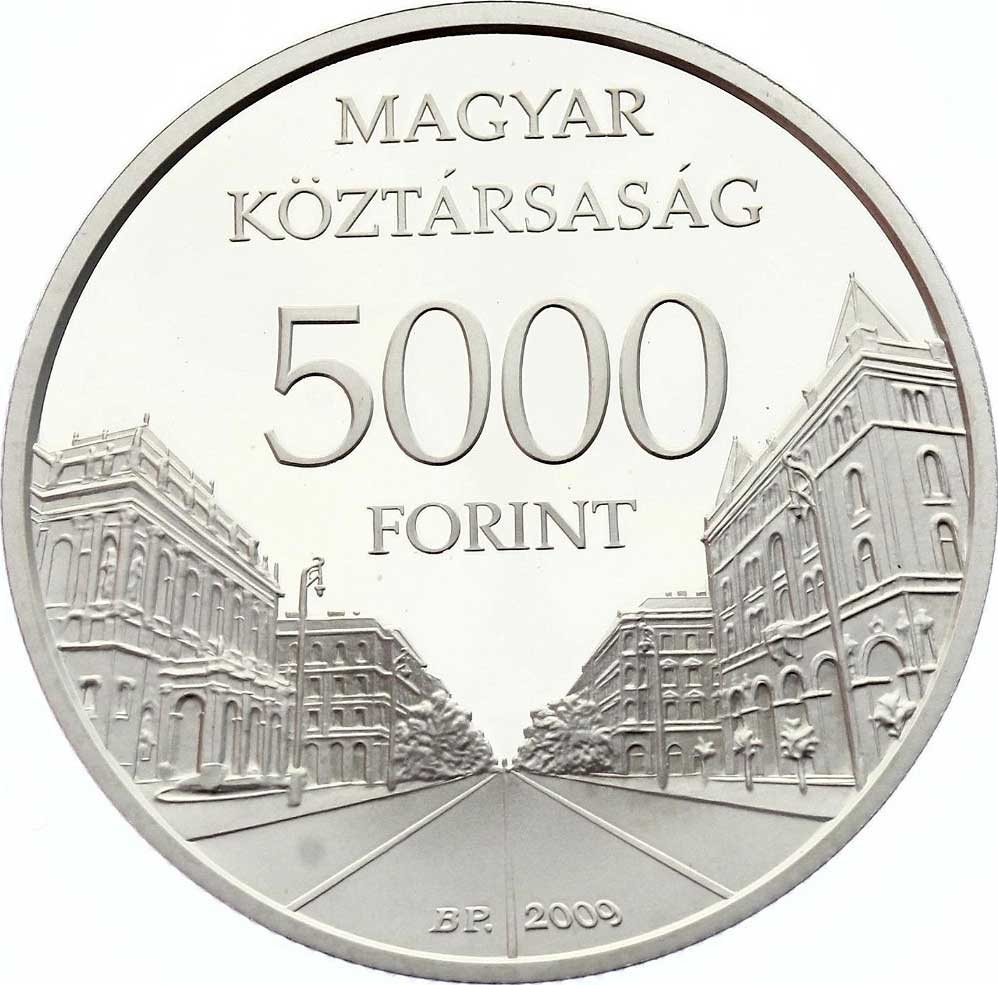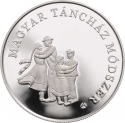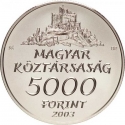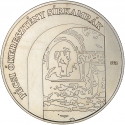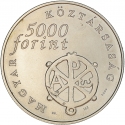You are about to finish your registration. Please check your mailbox (including spam folder). There should be a letter with a confirmation link. Check setting to make sure that your e-mail address is correct.
Send letter againDescription
UNESCO World Heritage sites are internationally recognized landmarks, areas, or sites deemed to have exceptional cultural, historical, scientific, or natural significance. These sites are considered vital to humanity's heritage and are safeguarded for future generations. They encompass diverse places such as natural landscapes, cultural monuments, historic cities, archaeological sites, and ecological reserves.
Engraver: Mihály Fritz
Obverse

|
Depicts the Pest side of the Danube Riverbank between the Chain Bridge and Margaret Bridge. In the foreground, the Tabán Parish Church is visible. To the right, the engraver's mark is located. Above, in a circular inscription, the word "BUDAPEST" is readable. BUDAPEST |
|---|---|
Reverse

|
Depicts the Andrássy Avenue, with the Opera House on the left and the former Ballet Institute Palace on the right. Above, in horizontal rows, the denomination and the inscription "FORINT" are visible. At the bottom, the mint mark "BP." and the year of issue "2009" can be found. In the upper part, in two horizontal rows, the inscriptions "HUNGARIAN" and "REPUBLIC" are placed. MAGYAR KÖZTÁRSASÁG |
| Edge |
5000 Forint
Third Republic
UNESCO World Heritage
Budapest
Subscribe series
KM# 815 Adamo# EM223
UNESCO World Heritage
Budapest
